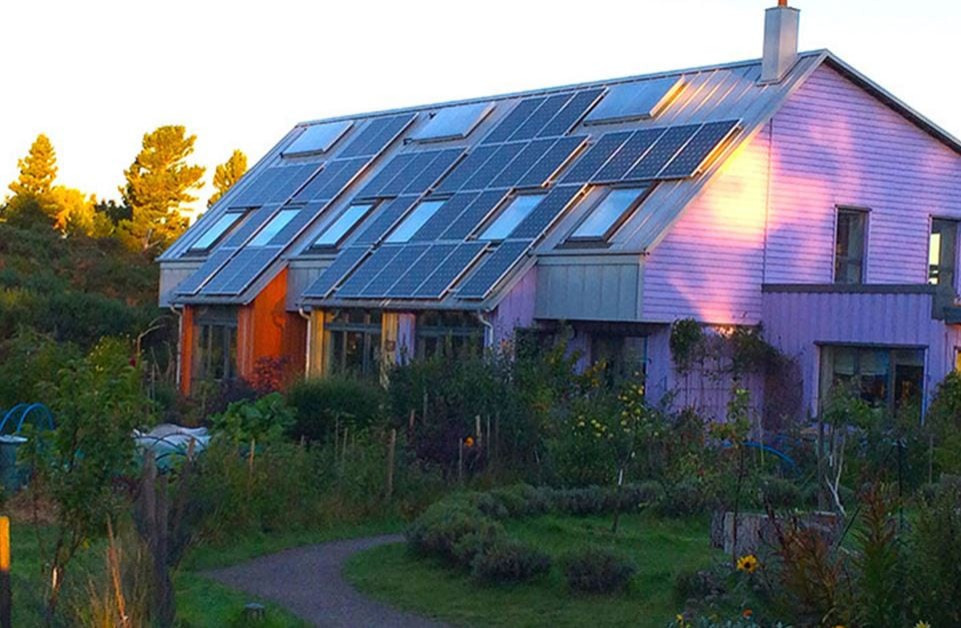Eco-Villages

What are Eco-villages?
People can work together to regenerate their social and natural environments. A true example of creativity of citizens are eco-villages: rural or urban community that consciously design its own living space, through locally based, participatory processes. These settlements aim to be sustainable in all dimensions (social, culture, ecology and economy), lowering the environmental impact, and increasing sense of belonging. Eco-villages are demonstrative sites of sustainability in practice and places of inspiration for the wider society.
When were they created?
The modern-day desire for community began to convey in a cultural movement in the early 90s. A milestone was set by the conference “Eco-villages and Sustainable Communities”, held in Findhorn, Scotland, 1995. The Global Eco-village Network, formed by a group of about 25 people from various countries who had attended the Findhorn conference, crystallized the event by linking hundreds of small projects from around the world. Sustainable living in human-scale community was also the purpose of the Transition Town Movement, inspired between 2004 and 2006 by the permaculture designer Rob Hopkins.
How do they work?
In this cultural field, there are not government-sponsored projects, but grassroots initiatives. The residents are not dependent on government, corporate or other centralized sources for water, food, shelter, power and other basic necessities. Rather, they attempt to provide these resources themselves. The circular economy of eco-village is also based on a local exchange of expertise amongst the residents and bioregional food systems. Self-sufficiency and resilience are crucial elements to pursue effectively technical issues related to climate change, renewable energies, biodiversity, low-carbon housing. The strong sense of community and shared values can be observed by urban studies researchers. Eco-village often became demonstration sites, offering educational experiences and academic workshops.
Where are they currently featured?
Today, there are self-identified eco-villages in over 70 countries on six continents. Findhorn in Scotland is one of the first and more successfully developed, contributing significantly to the development of the eco-village movement worldwide.
There are now 61 ecological buildings in Findhorn, three wind generators and a biological sewage treatment plant, called “The Living Machine”. The construction of zero carbon buildings and the retrofitting of existing buildings offer some of the most cost-effective and most immediate strategies in response to climate change. Community supported agriculture schemes in the village are based on organic and biodynamic farming methods which increase the availability of local produce as well as enhance the quality.
Based on the observation of natural ecosystems many other examples of eco-villages in the UK, such as Hockerton Housing Project (England) or Lammas (Wales), have self-sufficient ecological housing developments and adopt permaculture as a system of agricultural and social design principles. Maybe promoting eco-villages is not as important as promoting the principles on which they are founded and apply them to hometowns and neighbourhoods.
